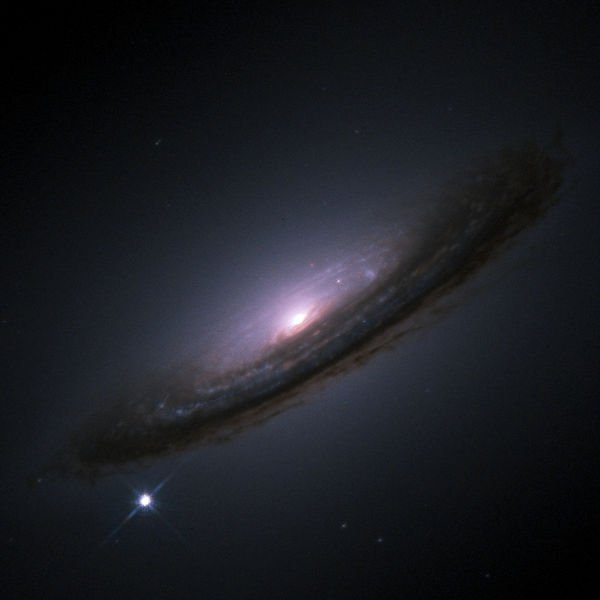Scientists have discovered a new way for stars to kill themselves, perhaps also explaining where the calcium in our bones comes from! Two papers in Nature this week, by UC Berkeley scientist Alex Filippenko and his colleagues and Michael Kiewe and colleagues from the Weizmann Institute in Israel, present the unusual case of a supernova explosion first spotted in 2005 and called SN2005E. 
Usually, stars reach the ends of their lives because they either steal material from a companion star and then blow themselves to pieces in a massive thermonuclear explosion when they reach critical mass - this is dubbed a type Ia supernova - or they are massive to begin with and blast themselves to pieces at a young age before collapsing to form a black hole or a neutron star; this latter example is a type 1b/c or Type II supernova. But the observations of SN2005E, a distant star which actually blew up 110 million years ago, didn't match up with either of these two accepted models.
Images captured by telescopes of the evolving supernova showed that far too little material was ejected for it to have been an exploding giant. At the same time, the chemical make-up of what was being produced didn't match what astronomers expect of the other type of supernova, which usually yields large amounts of carbon and oxygen.
Instead, measurements of the light from the explosion showed large amounts of calcium and titanium being blasted out into space. This suggests, say the scientists, that the star that exploded was probably gravitationally robbing helium from another close stellar neighbour; eventually this helium ignited on the star's surface, triggering the explosion that yielded the calcium and titanium.
The discovery may also help to unravel another cosmic mystery, which is the presence of concentrations of positively-charged particles called positrons at the centre of our own galaxy. Positrons are identical to electrons except they carry a positive charge. Where they come from, though, has been hard to explain. Some suggest that the breakdown of "dark matter" might be responsible, but intriguingly, the titanium produced by the newly-observed supernova is radioactive and decays to produce positrons, suggesting that these events might be much more common than we first thought - also explaining the relative abundance of calcium we see in the Universe around us!










Comments
Add a comment